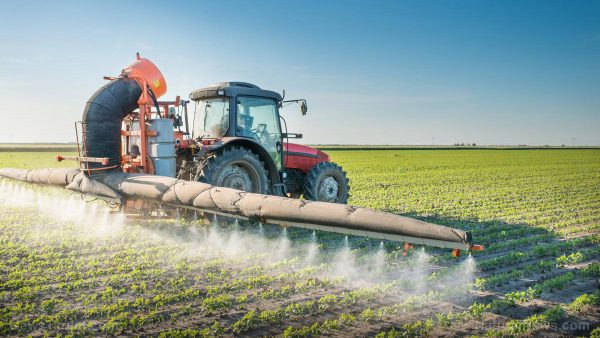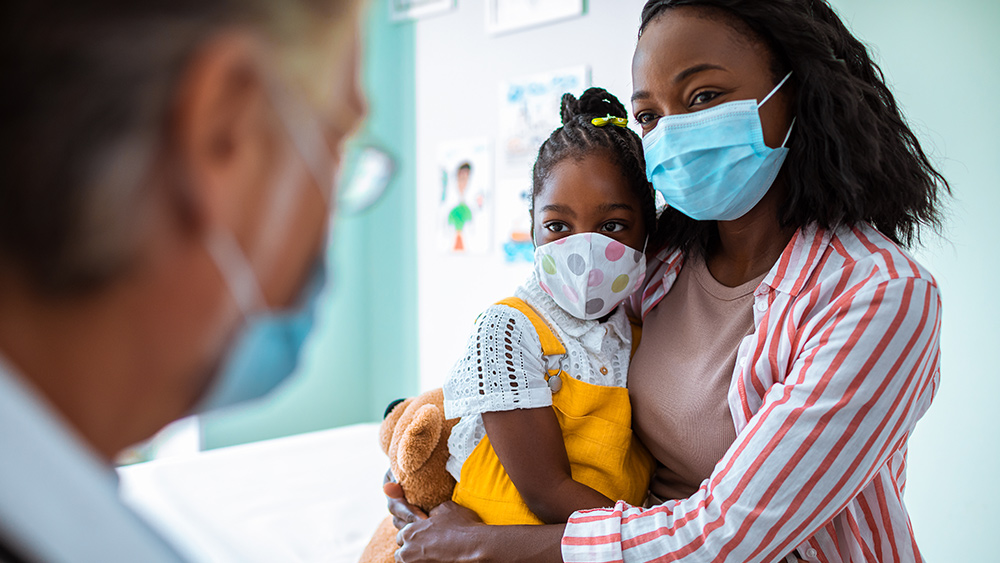 Parler
Parler Gab
Gab
Agricultural chemicals causing cancers in children and adults
In June 2022, environmental epidemiologist Naveen Joseph at Radford University, Idaho Water Resources Research Institute Director Prof. Alan Kolok and their colleagues at the Northern Arizona University found a correlation between agricultural chemicals and cancer in adults and children in Idaho and throughout 11 contiguous states in the western U.S. – from Montana south to New Mexico and west to the coast. Metam-sodium, an agricultural pesticide primarily used to control fungi, nematodes, soil insects, weeds and weed seeds, was the most predominant fumigant used in the Western states that produce food, such as fruits and vegetables, as opposed to other states that used mostly herbicides in the production of grains, such as corn and wheat. Idaho's 44 counties, as well as 459 counties throughout the 11 neighboring U.S. westernmost states of Arizona, California, Colorado, Idaho, Montana, Nevada, New Mexico, Oregon, Utah, Washington and Wyoming, were included in two studies published in the peer-reviewed journal GeoHealth, entitled "Assessment of Pediatric Cancer and its Relationship to Environmental Contaminants: An Ecological Study in Idaho" and "Investigation of Relationships between the Geospatial Distribution of Cancer Incidence and Estimated Pesticide Use in the U.S. West." Findings of a 2022 study published in the International Journal of Hygiene and Environmental Health suggested that certain types of prenatal pesticide exposure from residing near agricultural fields play a role in the development of childhood retinoblastoma – the most common type of cancer in children that starts as a tumor in the retina (the very black part of the eye). Researchers associated exposures to acephate (an insecticide used to control biting and sucking insects) and bromacil (an herbicide used for nonselective weed and brush control) with increased risk for unilateral retinoblastoma, or cancer in one eye. "It is crucial to identify causes and prioritize intervention," said University of California, Los Angeles (UCLA) Fielding School of Public Health Epidemiologist Julia Heck. She stressed that although retinoblastoma has a high survival rate in high-income countries at greater than 95 percent, children can suffer long-term effects from chemotherapy. Visit Crops.news for more information on toxic chemicals in food. Watch the following video about nitrate pollution in drinking water, which is linked to birth defects. This video is from the Daily Videos channel on Brighteon.com.More related stories:
Argentinians protest Monsanto as pesticide usage increases rates of birth defects, cancer. Plants against cancer: Eighteen 100% natural phytochemicals that prevent and treat cancer. Children’s bones failing to develop, adult bones deteriorating due to "forever chemicals." Sources include: ChildrensHealthDefense.org Springer.com UIdaho.edu AGUPubs.onlineLibrary.Wiley.com 1 AGUPubs.onlineLibrary.Wiley.com 2 ScienceDirect.com Brighteon.comCDC’s expansion of vaccination schedule for Americans sparks controversy
By Ava Grace // Share
STUDY: Energy drink consumption harmful for the developing bodies and brains of children
By Laura Harris // Share
NHS caught LYING about COVID vaccination records: Unvaccinated people marked as “vaccinated”
By Ethan Huff // Share
$32M U.S. reaper drone SHOT DOWN near Yemen; U.K. tanker destroyed on the SAME DAY
By Ethan Huff // Share
More and more U.S. hospitals are bringing back mask mandates
By Zoey Sky // Share
Governments continue to obscure COVID-19 vaccine data amid rising concerns over excess deaths
By patricklewis // Share
Tech giant Microsoft backs EXTINCTION with its support of carbon capture programs
By ramontomeydw // Share
Germany to resume arms exports to Israel despite repeated ceasefire violations
By isabelle // Share










